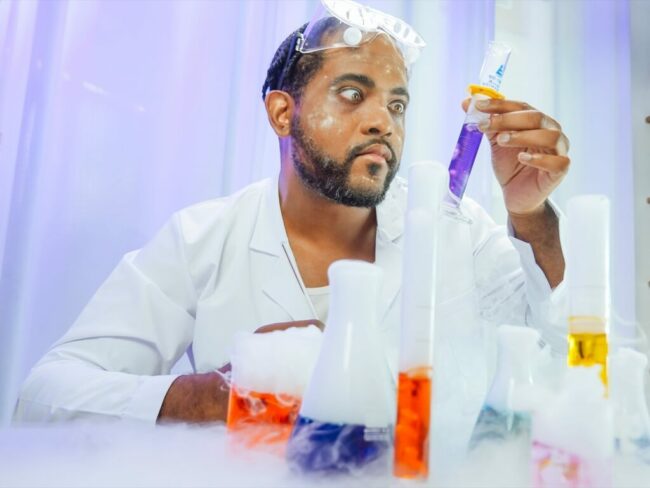We will dive into the numerous varieties that exist within this vital fluid. Blood is an intricate mixture housing various cell types and an array of chemicals that nourish and sustain our bodies. Two primary cellular components found in blood are red blood cells and white blood cells. It’s essential […]
Continue readingCategory: What You Didn’t Know
The Incredible Story of Immortal Cells
In the annals of medical history, there exists an extraordinary tale of an unsung heroine whose immortal cells have silently revolutionized the world of science and medicine. Henrietta Lacks, a woman of humble origins, unwittingly gifted humanity with a remarkable treasure—her immortal cells, known as HeLa cells. These tiny wonders […]
Continue readingThe Body’s Oxygen Sensing Mechanism
The intricate balance between oxygen and carbon dioxide is vital for our well-being, regulated by the brain’s respiratory center and chemoreceptors. These components, though nuanced, collaborate seamlessly to maintain optimal respiratory function. The Medulla Oblongata and Pons in the brain house the respiratory center, influenced by both voluntary and involuntary […]
Continue readingDebunking the Dental Dark Ages
The Medieval Period, often depicted as a time of poor hygiene, actually tells a different story when it comes to dental care. Contrary to popular belief, medieval people had a keen understanding of dental hygiene, with practices that laid the foundation for routines we still use today. In the Eastern […]
Continue readingEffective CPR Without Mouth-to-Mouth Resuscitation
The Myth: Performing cardiopulmonary resuscitation correctly requires continuous mouth-to-mouth breathing. The American Heart Association (AHA) 2010 recommendations advise against breathing on someone while administering cardiopulmonary resuscitation (CPR)—not because it’s bad for you, but because it reduces the odds of survival for the individual having a cardiac arrest. The old standard […]
Continue readingThe Iron Connection Of Magnetic Fields and Your Blood
Magnets, which got their name from the Greek island of Magnesia, are now indispensable in our contemporary society. The human body includes iron, as any observer of a specific wicked mutant with superhuman strength may attest. The iron carries oxygen from the lungs to the rest of the body through […]
Continue readingWhy Egg Whites Fail in Burn Healing
Numerous websites suggest egg whites as a burn remedy, but let’s cut to the chase: it’s not true. Egg whites can worsen burn situations. As a detail-oriented paramedic, I owe you a comprehensive explanation. So, let’s dissect why egg whites aren’t suitable for treating burns. Egg whites are primarily water […]
Continue readingUrine Changes With The Veggie Effect
Benjamin Franklin once noted that asparagus gives urine a “disagreeable odor.” This phenomenon, often a topic of both curiosity and humor, is attributed to asparagusic acid in asparagus. When this acid is digested, it breaks down into compounds like methanethiol and dimethyl sulfide, contributing to that unique smell. However, Robert […]
Continue readingA Biological Perspective on Male Lactation
The human body, irrespective of gender, possesses the anatomical structures necessary for lactation. While it’s relatively uncommon for males to lactate, certain species, like the Dayak fruit bat, exhibit this behavior. Among men, lactation is hindered primarily due to lower levels of a particular hormone, despite having the essential physical […]
Continue reading








